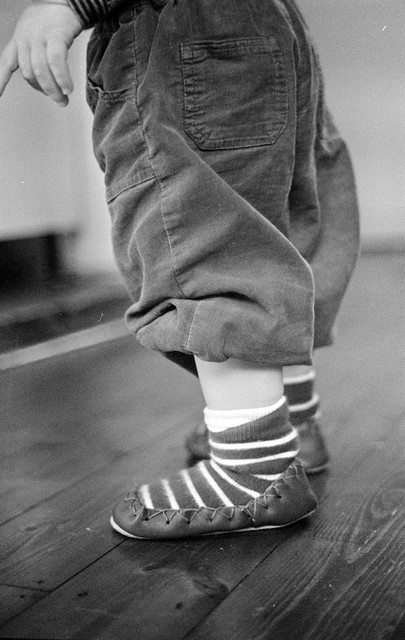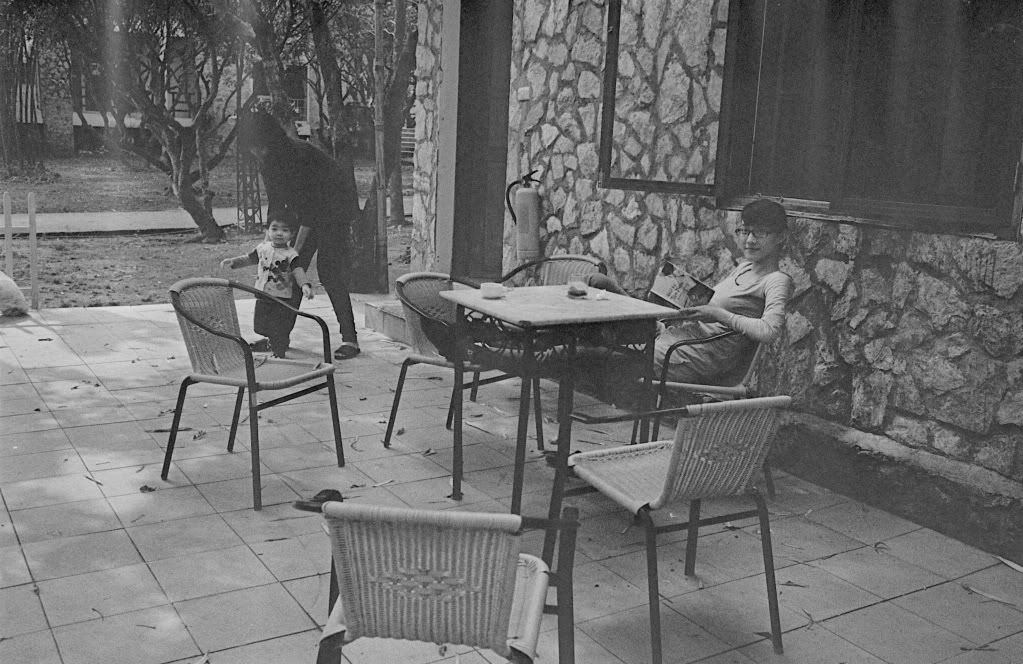orenrcohen
Established
I've been really happy with Rodinal Tri-x results so far shot at box and also pushing to 800. I'm working on a project now where I am pushing Tri-X 400 to 3200 and would like to devlop it in Rodinal 1 + 25 which I think will give me more grain (tell me if I'm wrong) and maybe a bit more contrast.. Massive Dev Chart gives 33 minutes for Tri-X 400 shot at 3200 1 + 50. Can I just halve the time for 1 + 25, say 16.5 minutes?? Any tips or advice appreciated..
Thanks,
Oren
Thanks,
Oren













